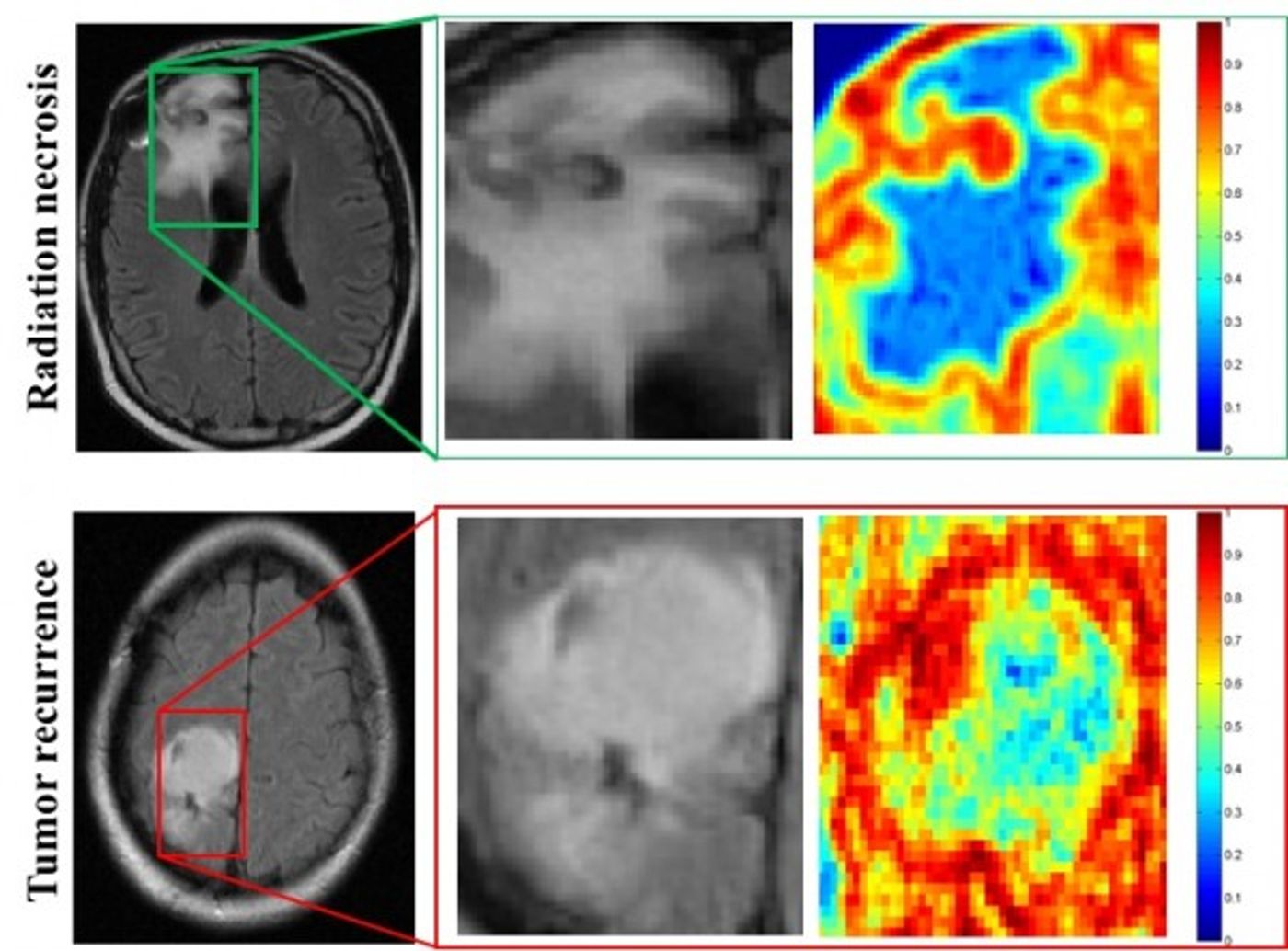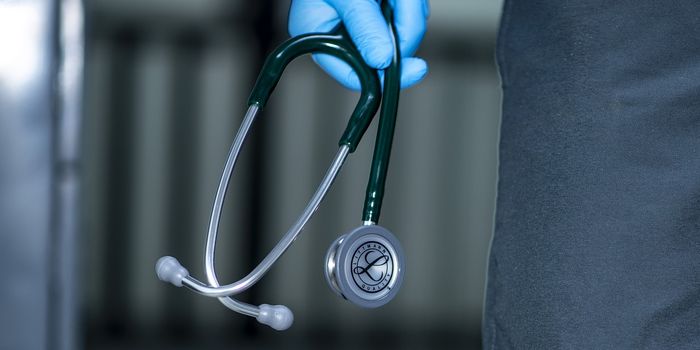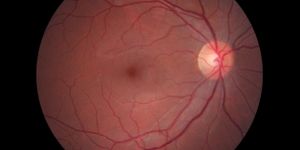“Come in, Mr. Smith. The computer is ready for your diagnosis now.” This could conceivably be in store for brain cancer patients in the future, as a new computer program shows nearly
twice the accuracy of doctors at diagnosing the tumors.
Computer training and machine learning has come a long ways – machines have beat humans in Jeopardy!, chess, even Go. In August 2016, machine learning even helped to rekindle seemingly deadened nerves, giving paraplegics limb sensations they hadn’t felt in years. Now, Case Western Reserve researchers say their computer program can tell whether abnormal MRI scans are indicative of dead tissues (radiation necrosis) or the recurrence of brain cancer. And, impressively, the program can do this better than trained neuroradiologists.

"One of the biggest challenges with the evaluation of brain tumor treatment is distinguishing between the confounding effects of radiation and cancer recurrence," said Pallavi Tiwari, assistant professor of biomedical engineering at Case Western Reserve and leader of the study. "On an MRI, they look very similar."
To better distinguish between radiation necrosis and cancer recurrence, the team trained a computer to read radiomic features from an image scan. These features include textures and densities that can’t be gleaned with the naked eye.
"What the algorithms see that the radiologists don't are the subtle differences in quantitative measurements of tumor heterogeneity and breakdown in microarchitecture on MRI, which are higher for tumor recurrence," said Tiwari.
The algorithm also takes into account the edge space of a mass. This can reveal important information about the identity of the mass. "If the edges all point to the same direction, the architecture is preserved," said Anant Madabhushi, professor at Case Western who is co-author on the study. "If they point in different directions, the architecture is disrupted -- the entropy, or disorder, and heterogeneity are higher."
In a head-to-head test, the team gave 15 MRI scans to 2 physicians and compared the results to that from the computer algorithm. The algorithm was able to correctly diagnose more cases (12 total) than either of the physicians (7 and 8 cases each).
While it may still be unreasonable to solely rely on a computer algorithm to read brain cancer scans, the team hopes this tool will augment the accuracy of diagnoses for patients. Importantly, the right diagnosis can eliminate unnecessary biopsies and other procedures that are both extremely stressful and costly.
Additional source:
Case Western Reserve University









